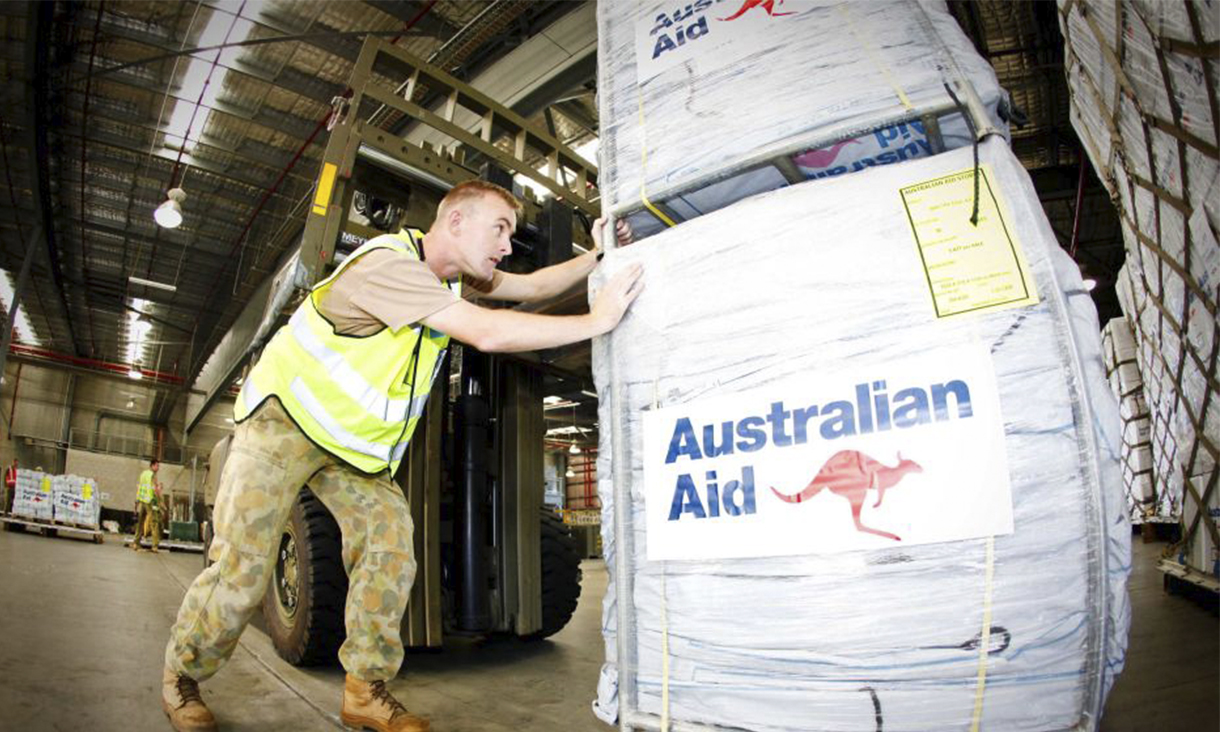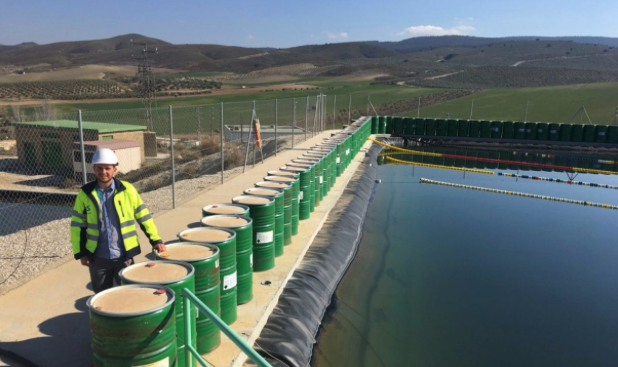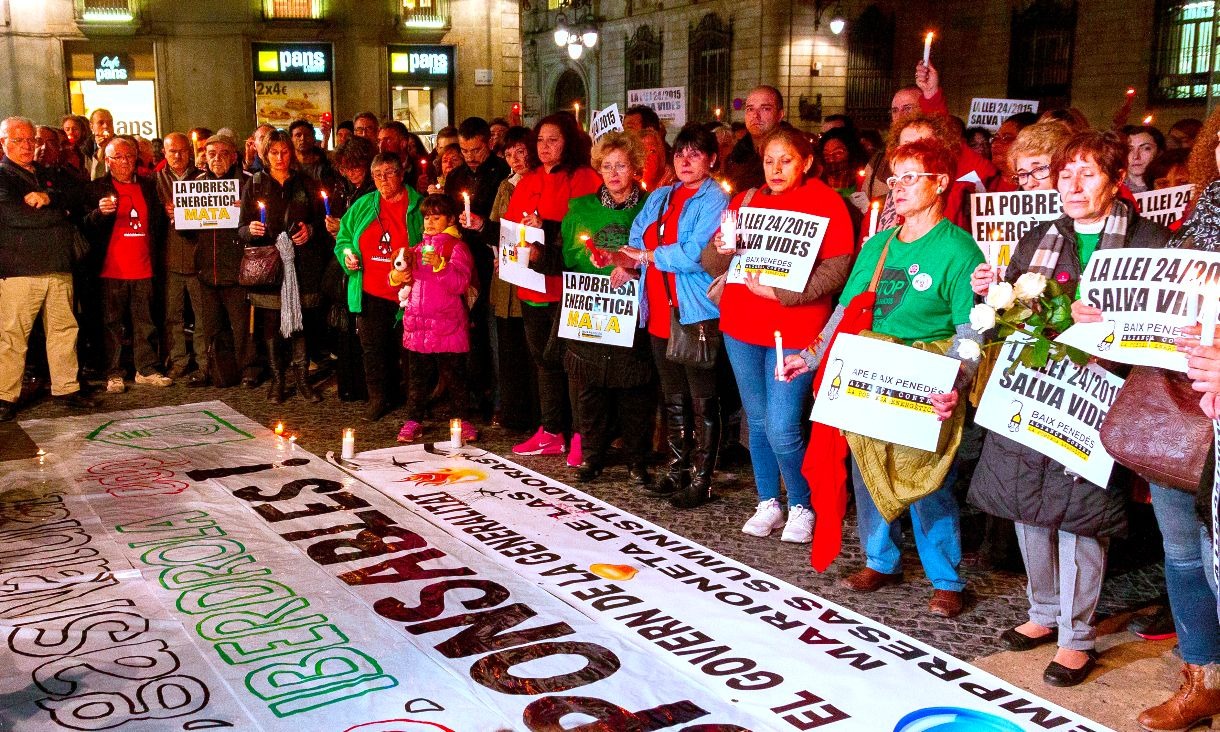The claim
In a blistering response to the 2018 federal budget, charity group World Vision slammed the Federal Government for "continuing Australia's darkest era of aid cuts and further letting down the world's most vulnerable".
"Not content with having cut lifesaving aid in its previous four budgets, this government has singled out cuts to aid yet again", the media release said.
On May 8, the organisation's policy and advocacy director, Susan Anderson, tweeted: "This year's budget is the fifth year in a row that the Australian Government has cut Australian aid."
Has the foreign aid budget been cut in each of the past five years?
RMIT ABC Fact Check investigates.
The verdict
Ms Anderson's claim is correct.
Across the five financial years from 2014-15 to 2018-19, the aid budget has been cut twice in nominal terms.
And while data from the Department of Foreign Affairs and Trade shows that nominal aid spending increased marginally in the other three budget years, these gains disappear after inflation is taken into account.
This equates to a real cut in all five budget years.
Experts told Fact Check that the Consumer Price Index was a reasonable way to measure inflation in the context of Australian aid spending.
Based on this, Fact Check calculates that, from year to year, aid spending was cut in real terms by as little as 0.2 per cent and by as much as 17.7 per cent.
According to ANU's Development Policy Centre, which publishes the aid figures in 2018 dollars, this equates to an $8 million cut in 2018-19 and a $953 million cut in 2015-16.
What is foreign aid?
For OECD members like Australia, the rules for what counts as foreign aid, or official development assistance, are set by the OECD's Development Assistance Committee.
Foreign aid covers funding "administered with the promotion of the economic development and welfare of developing countries as its main objective".
It includes, for example, reducing poverty and empowering women and girls.
How is foreign aid reported in the Australian federal budget?
The Department of Foreign Affairs and Trade is responsible for the bulk of Australia's foreign aid budget, but other government agencies also contribute to aid spending. These contributions are included in the budget summary published by the department.
There have been some changes to what the federal government reports as aid spending, which may affect comparisons from year to year.
Director of ANU's Development Policy Centre Professor Stephen Howes told Fact Check that while the OECD guidelines allow donor countries to classify some onshore refugee settlement costs as foreign aid, the Australian government has generally not done this.
But there were exceptions in 2012-13 and 2013-14. Since then, the government has not reported refugee costs as aid.
Jonathan Pryke, Director of the Lowy Institute's Pacific Islands Program, told Fact Check the OECD had also clarified its reporting rules recently, allowing Australia to classify 85 per cent of its funding contributions to the Asian Infrastructure Investment Bank as official development assistance.
The government has been paying down $930 million in funding commitments to the bank since 2015. The clarification means money already being spent by the government can now be counted in the aid budget.
"So we've actually seen a retroactive increase of our aid program over the last three years to account for that," he said.
The period of the claim
Ms Anderson referred to a period covering the five financial years 2014-15 to 2018-19.
All five budgets were delivered by the Coalition, who came to power in 2013 with a last-minute pre-election promise to cut the growth of foreign aid spending.
The Abbott government used its first budget, for 2014-15, to freeze aid expenditure for two years at the level set by Labor in its final budget, for 2013-14.
From 2016-17, funding would rise according to the Consumer Price Index, or CPI.
But neither the two-year freeze nor the later CPI increase eventuated. Instead, the Abbott government's second budget, for 2015-16, reduced foreign aid spending below the level inherited from Labor. The Turnbull Government's first budget, for 2016-17, reduced it further.
The last two years of the claim period relate to the 2017-18 and 2018-19 budget years, which include a continuation of the freeze on CPI indexation. Outcomes for the 2017-18 year are yet to be finalised, and spending for 2018-19 is yet to take place.
Read the full story
Principal researcher: David Campbell





